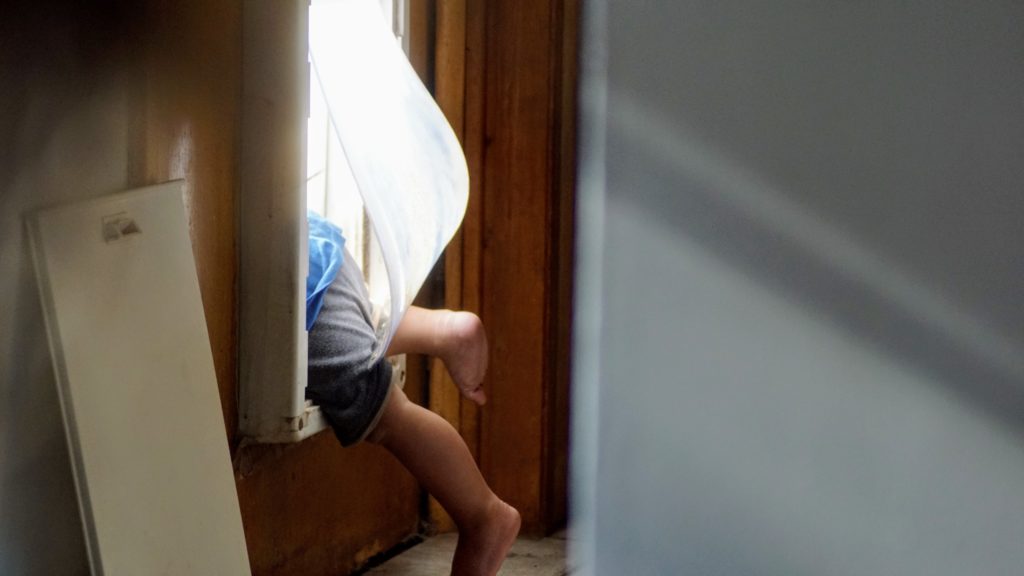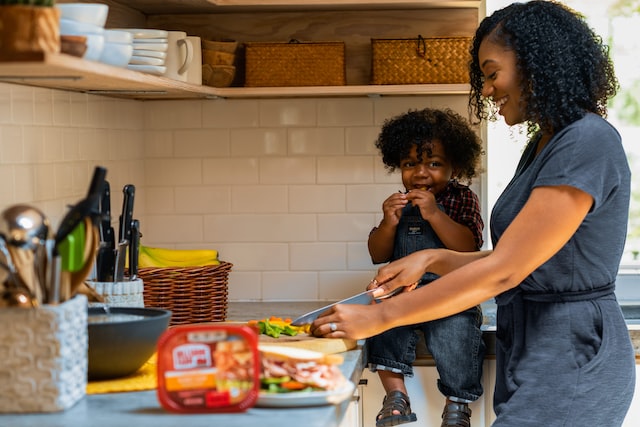Parents often complain about the effort of getting children ready to leave the house, hoping for recommendations on their morning routines. This is, without doubt, the moment of the day when adults and children’s needs are very likely to crash. Children are hardly ever worried about time and, luckily for them, know nothing about the consequences of being late for work or having to deal with an angry boss. Between limited time and pressure rising, it is common for parents to lose their nerves and for children to become uncooperative or even turn into a meltdown. Even though certain aspects cannot change, it is possible to build some morning routines that may help both parties have a more positive start to the day. Here are my best recommendations that, based on personal experience, has helped me, other teachers and many parents.compl
Bein prepared
Whenever possible, get things ready the night before. Clothes, lunch boxes, breakfast and anything else that will make your life easier in the morning. With more time on your hands, you will feel less rushed and under pressure and, as a consequence, the children’s mood will improve. Sometimes we don’t realize how much children absorb from us and how we are the ones initiating the circle of stress. We worry about being late, put them under pressure, so they become frustrated and start acting out. As a consequence we get angry, feel even less in control and that again reflects on them and reappear on the surface as a tantrum or meltdown.
supporting independence
It takes time to build a solid morning routine and find out what works best for the family. Even though every house and family is different, remember most children will enjoy doing things for themselves. When we let them try, they feel empowered and in control, which has then a positive effect on their well-being. Creating times and opportunities outside of the morning routine to practice getting dressed, preparing breakfast, brushing hair, wearing a jacket will, in the long run, make the morning rush more simple. Don’t miss my post on supporting children independence nd helping them getting dressed!

offering choices
In the previous paragraph, I mentioned how important it is for children to feel in control. They grow up in a world populated by adults who constantly make decisions for them, often without any warnings or explanations. Reactions that seem inexplicable and labelled as stubbornness, tantrums or naughtiness, are often attempts to exercise some form of power on the reality around them. While adults need to be in charge of most decisions, there are some areas that we can let go of. For example, you could offer two options of outfit or breakfast to choose from. The choice also works well on setting expectations. If your aim is for the child to put shoes on, you could say: “would you like the blue or yellow shoes?” or “Would you like to do it alone or with my help?”, making it clear that not putting them on is not n option.
creating a visual timeline
Some children can benefit from a visual timeline that shows, with simple and clear pictures of their morning routines. The timeline might include going to the bathroom, having breakfast and getting dressed. It could be more or less detailed, depending on the child and it helps to provide clear expectations. Knowing what adults expect from them and what will happen next, helps children feeling comfortable and in control. You might want to hang the picture on a wall, somewhere visible and easy to reach for them and discuss it with the children before introducing it. The timeline can be home made with pictures of your children or simply bought online.
laugh it out
When nothing else works, make it fun! Sometimes all it takes for children to work with us is to turn whatever you are doing into a silly game. Make a funny face, play a quick game, a weird voice, anything that you know your child will enjoy and will help release some pressure. Some might see it as a way of distracting the child, but I believe it is more about allowing for some lightness to come in and letting go of the tension.



